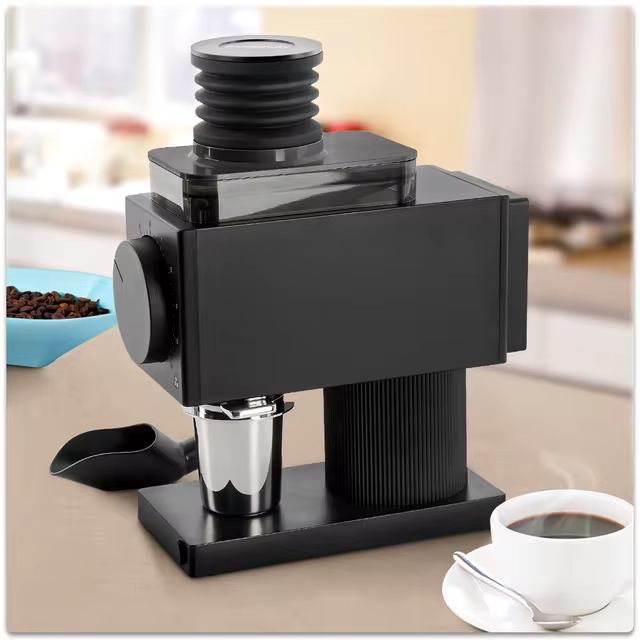
Common Reasons Why Keurig Shuts Off During Brewing
When your Keurig shuts off unexpectedly during the brewing process, it can be quite frustrating. This issue may stem from various causes, and identifying these can help you troubleshoot effectively. Below are some common reasons why a Keurig may shut off while attempting to brew.

- Water Reservoir Connection Issues: Ensure the water reservoir is seated properly. A loose connection can signal the machine to shut off to prevent leaks.
- Clogged Water Lines or Filters: Over time, calcium and other minerals can build up, clogging water lines and filters. This can obstruct the brewing process, causing the machine to shut off.
- Overheating: If the Keurig overheats, it automatically shuts off for safety. This may occur if the brewer is used continuously without pauses.
- Faulty Sensors: Sometimes, sensors that detect water level or the presence of the brewer’s components may malfunction.
- Power Supply Issues: A faulty outlet or an unstable power supply can interrupt the brewing cycle.
Understanding these issues is the first step in troubleshooting why your Keurig shuts off during brewing. Each cause has specific signs and solutions to help restore your Keurig’s functionality.
Step-by-Step Guide to Diagnosing Keurig Malfunctions
Diagnosing why a Keurig shuts off when trying to brew can be simple. Follow these steps for a quick check-up of your brewer to get it back on track. Keep in mind the need to unplug your machine before attempting any troubleshooting.
- Check the Water Reservoir: First, make sure the water reservoir is fully seated and connected. If it’s loose, secure it properly to avoid shut-offs.
- Inspect for Clogs: Examine water lines and filters for any clogs. Use a soft brush or cloth to clean away any build-up.
- Look for Overheating: Allow your Keurig to rest after making several cups of coffee. This prevents overheating that can cause shut-offs.
- Evaluate Sensors: Test sensors for proper function. Generally, this means looking for obvious damage or misalignment that may affect performance.
- Power Supply Check: Ensure the power outlet is working and supplying consistent power to the Keurig. Try a different outlet if necessary.
By going through these steps, you should be able to identify the source of the problem. If your Keurig continues to shut off during brewing after these checks, further technical solutions may be necessary.
Cleaning and Maintenance Tips for Keurig Machines
Proper cleaning and maintenance can often resolve issues where a Keurig shuts off when trying to brew. Here are several tips to keep your Keurig running smoothly:
- Descale Regularly: Scale build-up from minerals in water can cause problems. Descale your Keurig machine every 3 to 6 months using a descaling solution or white vinegar.
- Change Water Filters: Replace the Keurig water filter every 2 months to ensure water flows freely and tastes fresh.
- Clean the Needle: Use a paperclip to clear out coffee grounds that may block the needle. This can prevent brewing interruptions.
- Wipe Down Surfaces: Keep the Keurig exterior clean with a damp cloth to prevent dust from entering the machine.
- Empty the Drip Tray: Don’t let the drip tray overflow with liquid. Regularly empty and clean it to avoid sensor issues.
Regular upkeep not only prevents shut-offs but also prolongs the life of your Keurig. Always follow the manufacturer’s guidelines for the best results. If routine maintenance does not fix the shut-off issue, you might need to look at more technical solutions or contact Keurig customer service for support.
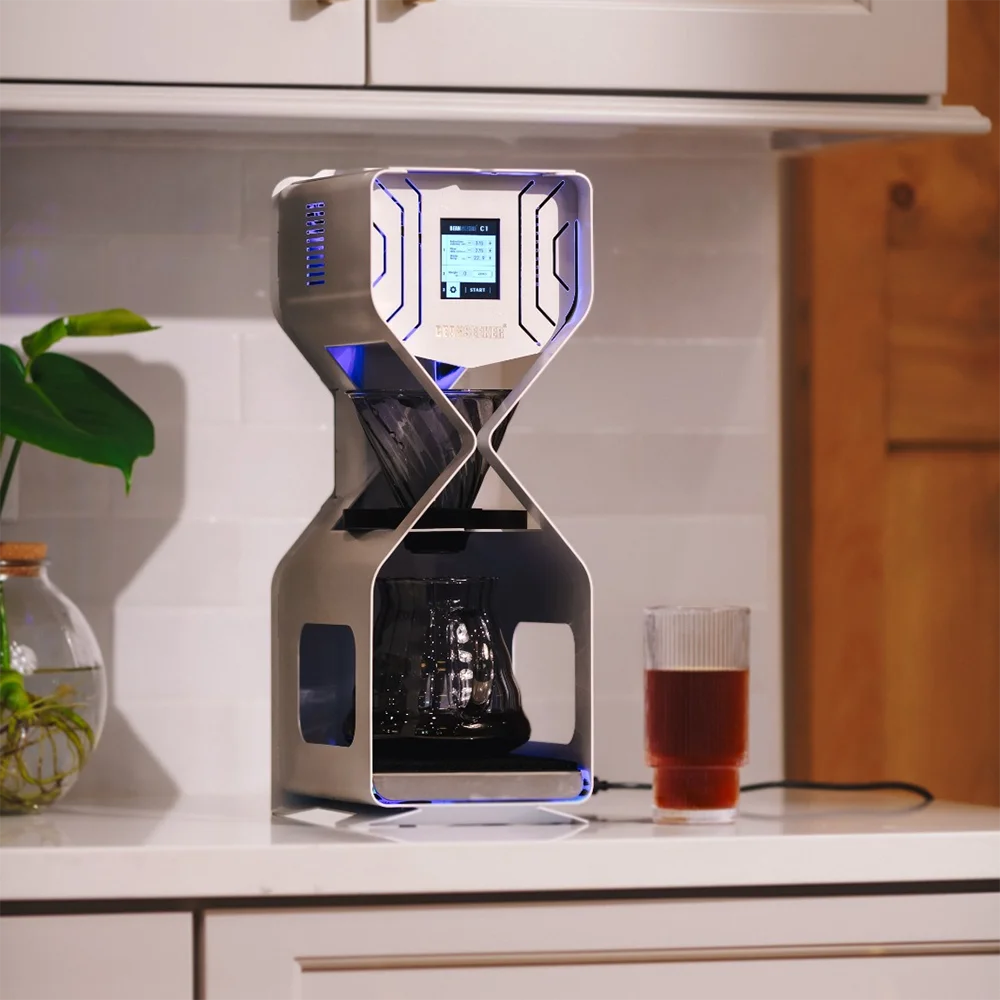 Understanding Keurig Error Messages and Indicators
Understanding Keurig Error Messages and Indicators
When your Keurig shuts off unexpectedly, it could be showing you an important message. Keurig machines come with built-in error messages and indicators. These messages can be lights, sounds, or a combination that signal specific issues. Knowing what they mean helps in troubleshooting. Here are some common Keurig error indicators:
- Add Water Indicator: If the water reservoir is low, the ‘Add Water’ light will turn on. Refill the reservoir to fix this.
- Descale Indicator: A lit-up ‘Descale’ light means it’s time to remove mineral build-up inside your machine.
- Heating Light Stays On: When this light won’t turn off, the brewer might have trouble heating water. Unplug and reset your Keurig.
- Power Light Blinking: A blinking power light often signals that your Keurig needs to be reset.
These are just a few of the messages your Keurig may show. Refer to the user manual for a full list and instructions. Each indicator’s meaning differs, so understanding them can point you towards the right solution.
How to Reset Your Keurig Brewer
Resetting your Keurig brewer can often resolve issues when it shuts off during brewing. Here’s a simple guide on how to reset your Keurig machine effectively:
- Unplug the Brewer: Start by unplugging your Keurig from the power outlet. This ensures safety and prepares the brewer for reset.
- Wait 5 Minutes: After unplugging, wait for about 5 minutes. This pause allows the machine to fully reset.
- Remove the Water Reservoir: Take off the water reservoir to check for any debris or buildup that might cause issues.
- Plug Back In and Reattach Reservoir: Plug your Keurig back into the power outlet and securely reattach the cleaned water reservoir.
- Power On the Brewer: Turn on your Keurig and observe any changes. The brewer should start normally without shutting off.
If these steps do not resolve the issue, further troubleshooting or professional repair may be needed.
Technical Solutions: Fixing Faulty Keurig Sensors and Parts
When your Keurig shuts off during brewing, faulty parts may be the culprit. Addressing these can restore functionality to your coffee maker. Here are some technical solutions:
- Replace Faulty Sensors: Sometimes, the sensors in your Keurig may fail. These include water level and component sensors. Replacing them can fix the shut-off issue.
- Check Electrical Connections: Loose or damaged wires can cause your Keurig to malfunction. Ensure all internal connections are secure and intact.
- Examine Heating Elements: A malfunctioning heating element can prevent proper brewing and lead to shut-offs. Inspect it for damage and consider replacement if necessary.
- Update Firmware: If available, update your Keurig’s firmware. This can resolve software glitches that cause unexpected shut-offs.
For these technical interventions, consult the Keurig manual or seek professional help. Properly addressing these issues can ensure your Keurig brews smoothly without interruptions.
 When to Contact Keurig Customer Service for Brew Shut-offs
When to Contact Keurig Customer Service for Brew Shut-offs
While troubleshooting at home is effective, some situations require professional help. Here are instances when you should contact Keurig customer service:
- Persistent Shut-offs: If your Keurig continues to shut off despite following all troubleshooting steps, reach out for support.
- Error Messages Persist: After resetting and cleaning, if error indicators remain, professional advice is necessary.
- Electrical Issues: For problems like constant power losses or electrical surges affecting your brewer, consult the experts.
- Replacement of Internal Components: If your troubleshooting reveals a broken part that requires replacement, it’s best to contact customer service.
- Warranty Questions: If your Keurig is under warranty and experiences issues, determine if you are eligible for a repair or replacement.
In these cases, Keurig customer service can provide the necessary assistance and ensure your brewer operates smoothly again. Provide them with the model number and detailed information about the issue for better assistance.
Preventive Measures to Avoid Future Keurig Brew Interruptions
To ensure your Keurig remains operational and avoids unexpected shut-offs, consider adopting these preventive practices:
- Regular Inspection and Maintenance: Conduct routine checks on your Keurig’s components, like water lines, filters, and electrical connections. Keeping tabs on these can preempt issues.
- Consistent Cleaning Schedule: Stick to a cleaning routine to prevent mineral buildup. Descale and change filters as recommended.
- Proper Placement: Ensure your Keurig is on a stable, level surface. This prevents undue stress on internal components.
- Use Filtered Water: Using filtered water minimizes scale and sediment buildup that can clog your machine.
- Avoid Continuous Use: Give your Keurig breaks between brews to prevent overheating, which often causes shutdowns.
Implementing these measures will help keep your Keurig in optimal condition, reducing the chances of brewing interruptions and extending your machine’s lifespan.
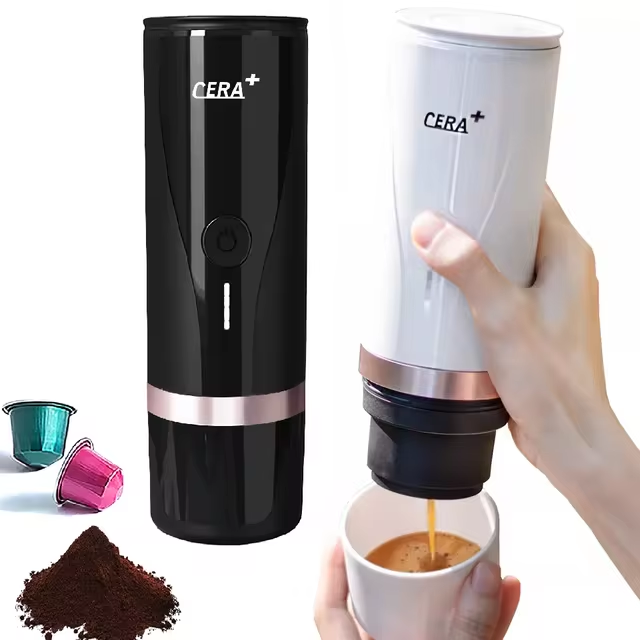
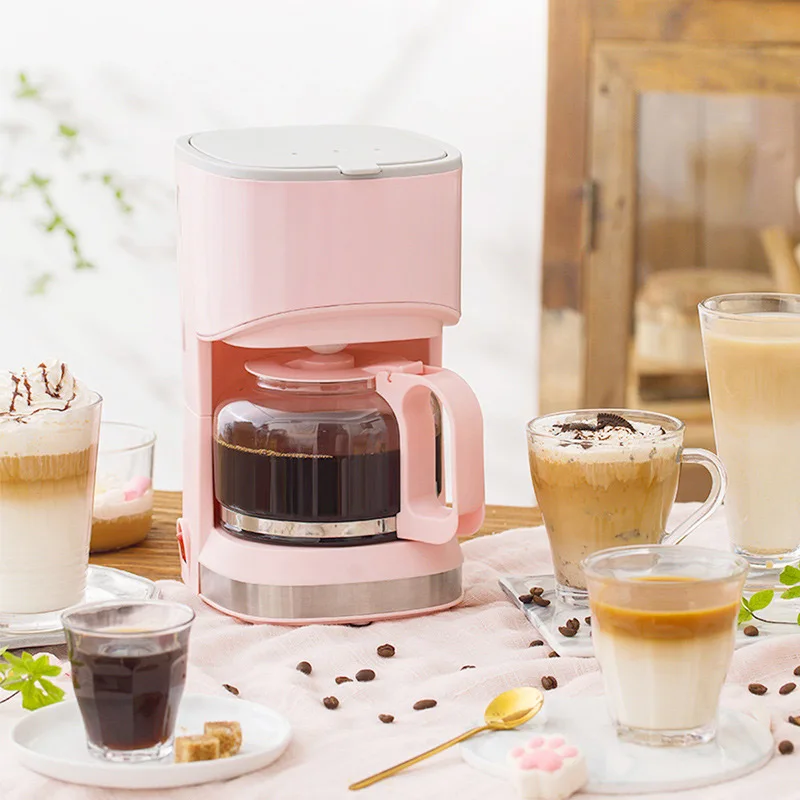
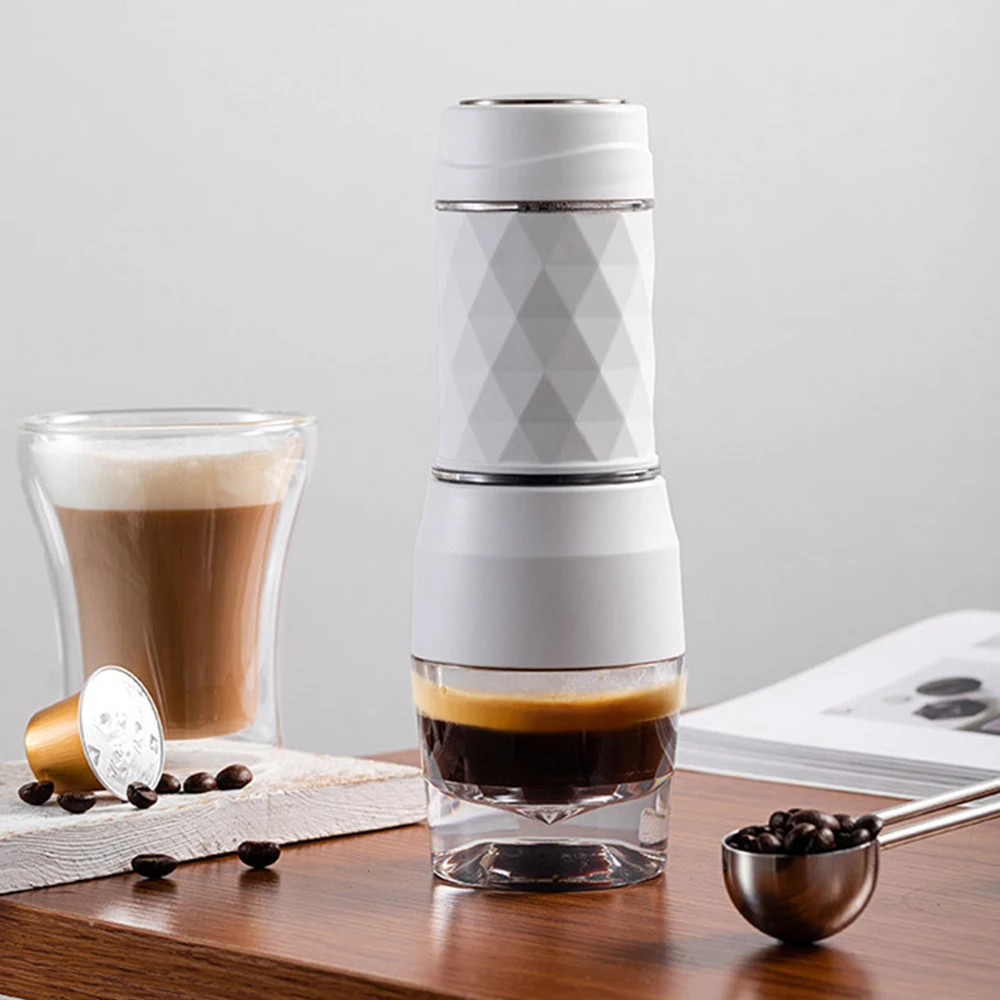 Addressing the Blinking Blue Light in Water Reservoir
Addressing the Blinking Blue Light in Water Reservoir